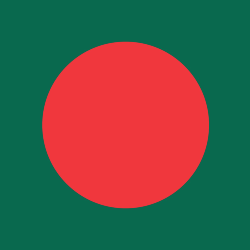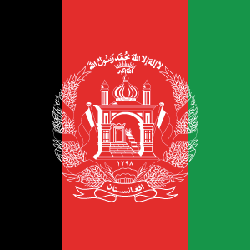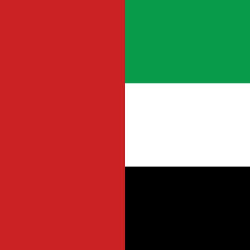Iran’s Take On Democracy – OpEd
National elections were held in Iran on March 1. The results were underwhelming. It took three days for the electoral authorities to count the votes and consider the results. On March 4 Interior Minister Ahmad Vahidi told a news conference in Tehran that of Iran’s 61 million eligible voters, only some 25 million had deigned to participate. The resultant turnout of 41% would be the lowest ever recorded in post-revolution Iran.
Even so, the BBC published comments from voters skeptical of the official announcement. One said: “It’s not the real result.” Another woman declared “People believe it’s actually less than 41%.” When asked what she thought the true turnout had been, she said comments on Instagram suggested as low as 20%. “Some even say 15%,” she added.
Some experts agreed. “The real turnout is likely lower,” wrote Alex Vatanka, founding director of the Iran Program at the Middle East Institute in Washington, “although it is impossible to know at this stage.” The Stimson Center, while unconvinced, was even more circumspect. “Due to press and media censorship,” it commented, “as well as the absence of independent observers, it is challenging to verify the authenticity of these statistics.”
The poll was held to elect the 290 members of the national parliament, the Majles, and the 88 clerics who make up the Assembly of Experts, composed exclusively of male Islamic scholars. Each member of the Assembly will sit for a term of eight years and, should the occasion arise, be tasked with selecting the country’s supreme leader. The occasion may indeed arise. Supreme Leader........
© Eurasia Review






















 Toi Staff
Toi Staff Belen Fernandez
Belen Fernandez Gideon Levy
Gideon Levy Andrew Mitrovica
Andrew Mitrovica Tarik Cyril Amar
Tarik Cyril Amar Dr Ramzy Baroud
Dr Ramzy Baroud Warren J. Blumenfeld
Warren J. Blumenfeld Rachel Marsden
Rachel Marsden Tafi Mhaka
Tafi Mhaka Brad Glosserman
Brad Glosserman
